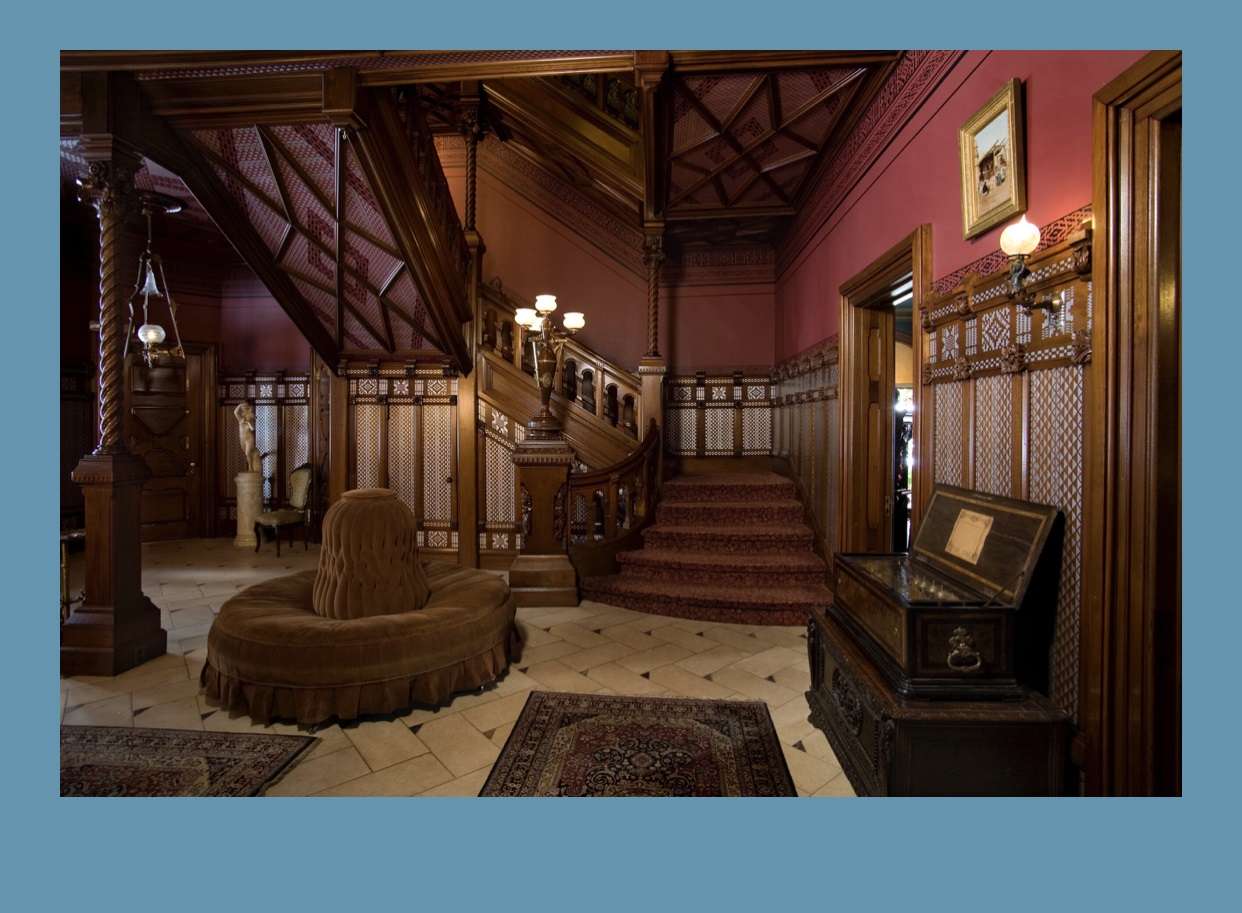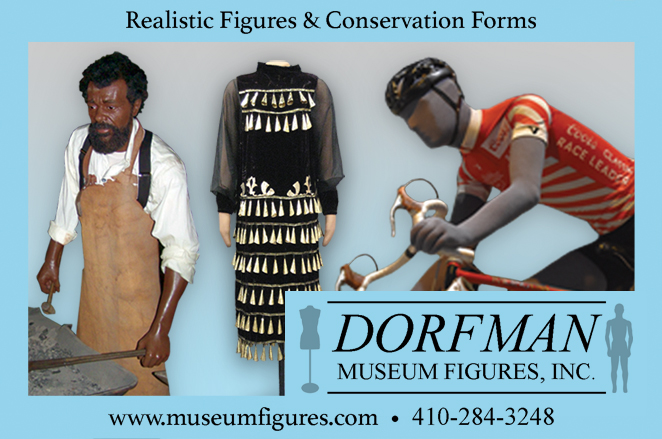
Make Music With Mark Twain, a Cross-Disciplinary Music Performance Project
By Leslie Imse, Farmington Public Schools Music Dept. Chair and Dr. Erin Bartram, School Programs Coordinator, Mark Twain House Museum
K-12 music educators have faced new and unique challenges since the onset of the COVID-19 pandemic. A meeting of arts organizations during the summer of 2020 was hosted by the Hartford Foundation For Public Giving in hopes of keeping arts education alive during the pandemic. This event created a fruitful collaboration between Dr. Erin Bartram, the Mark Twain House museum’s School Programs Coordinator, and Leslie Imse, the Music Department Chair of the Farmington Public Schools. Throughout that summer Erin and Leslie collaborated to design a program called, Make Music With Mark Twain. This program would allow students to design inquiry projects involving research and music performance. During the 2020-2021 school year, Leslie’s students were the first to complete the program, which is now featured on the museum website and available to all educators.
Make Music With Mark Twain combines music study and inquiry to create project-based learning experiences. This humanities project allows a classroom approach in which students actively explore real-world connections while challenging them to acquire deeper knowledge. Throughout his life, music helped Sam Clemens (better known as Mark Twain) feel connected to far-away places, to people he cared for, and to the powerful emotions those people and places stirred in him--and then to explore those connections in his storytelling. At the museum, interpreters use the historic home, its objects, and written primary sources to tell the story of the family that lived here and help visitors feel connected to the past. Make Music With Mark Twain combines these two notions into a program that provides a rich educational experience for K-12 students in a hybrid virtual setting.
For this program, Erin selected music that was important to Sam Clemens, his family, and his friends--music that can be used to help tell the story of each room in the home. To participate in the program, educators first choose a room in the house. They then receive a packet containing museum resources which they use to design a project for their own students. Each packet contains:
- A full description of the room, its use, and the stories we tell with it
- A list of pieces that help tell those stories
- Historical scores for many of those pieces
- A collection of primary sources related to the stories and music, including private writing like letters and diary entries, and public writing like essays, memoirs, and fiction, all created by the Clemens family and their friends.
After an educator has created a project using the resource packet and begun working with their students, they can then schedule a 45-minute virtual workshop. Erin joins them live from the room they’re working on to give students a closer look, answer their questions, and talk about the relationship between the music, the house, the people who lived there, and the work that museum staff do today to interpret those things for the public. Music educators can use the program and its resources to create a project that works for their students. In addition to creating recordings as the Farmington High students did, students could create listening guides, analyze lyrics, explore the history of a piece or a form, arrange pieces for performance.

Student arrangement and performance of All the Pretty Little Horses
When projects are complete, educators can submit their students’ work to be hosted on the museum’s website and embedded directly into our free virtual tour. It becomes visible to the museum’s national and international audience and helps the museum tell newer and richer stories, demonstrating the important role that music plays in understanding the lives of people in the past.
During this past school year, Leslie and her students worked on the music of the front hall--in particular, on the songs Sam Clemens selected for inclusion in the expensive Swiss music box his wife bought him as a gift. The music included in the music box reflected many experiences of the Clemens family. Students selected one song to research and prepare for a performance.
In class, they rehearsed and refined their performances with Leslie with some students performing solos and others creating arrangements of their piece. They used primary sources from the museum and also information prepared by the Farmington High School library/media specialist, Mrs. Jessica Lynn Johnson who guided them in the inquiry process. From their research, students wrote an introduction to their song informing their audience of the background of the selection. Student musicians refined their communication skills in the completion of their projects through writing, speaking and performing digitally. The final video projects were shared with parents, school and community. The museum altered the videos to create recordings of the students' work for privacy issues. These projects are showcased on the museum's website for an international audience to view.

Student performing Life on the Ocean Wave
It allows music educators to work with the materials and resources of the museum to create cross-curricular projects that fit their needs and the needs of their students, including a public platform to safely share the work students produce with a broad audience. With this program, students don’t simply learn about what music meant to this family and home. They get to research, respond, create, and perform. Then, they get to share what they’ve done with the thousands of people who visit The Mark Twain House & Museum’s website and virtual tour each month from around the world.
Most importantly, we hope the project allows students to feel the joy of making music and share that joy with others, even if circumstances have forced us to make music in different ways.
Photo: Mark Twain House Museum Entrance Hall with the Music Box
